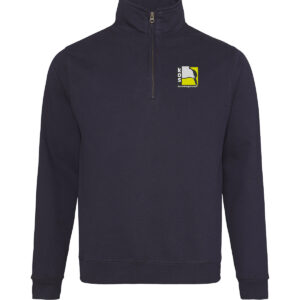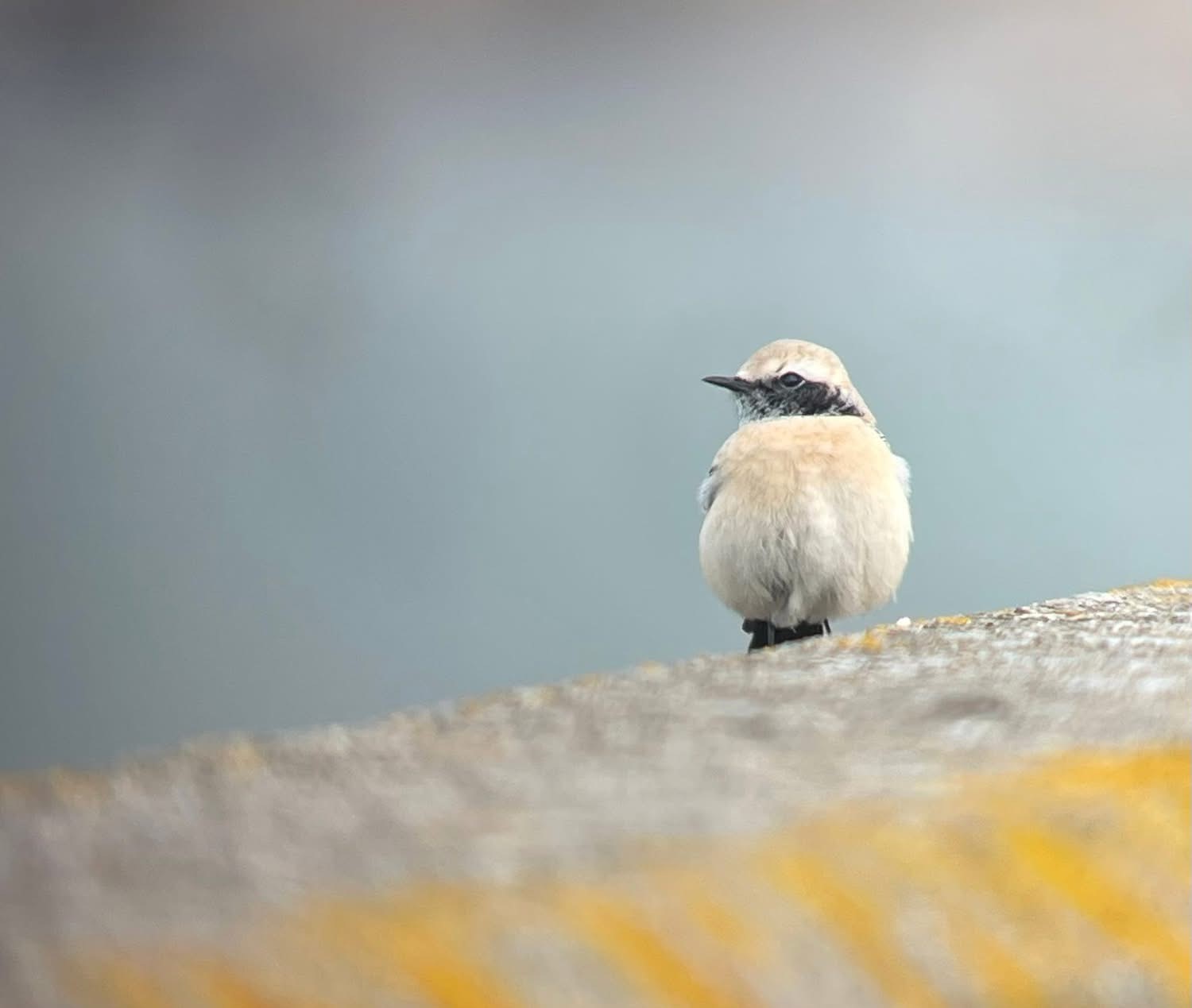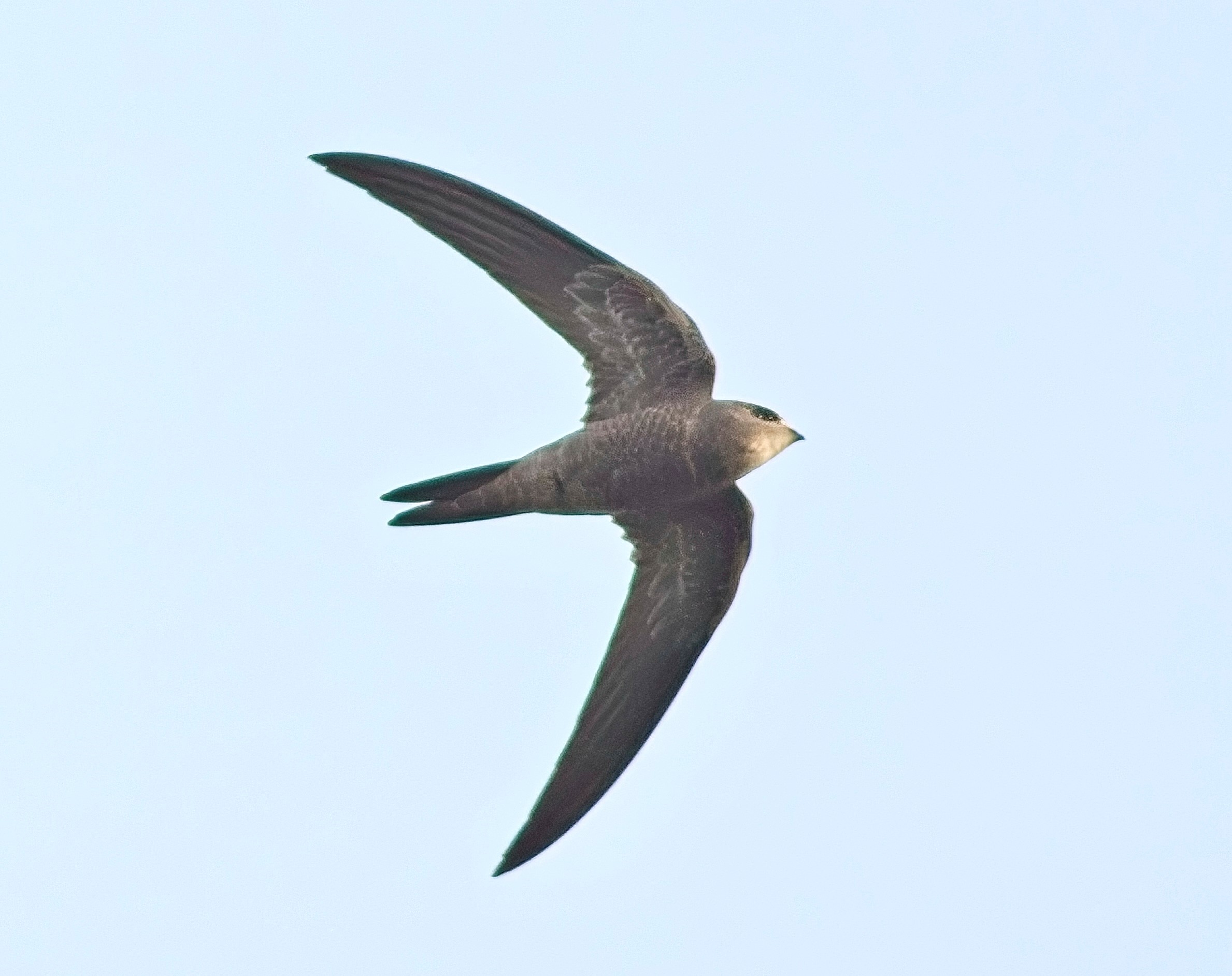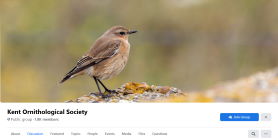The Kent Ornithological Society was founded in 1952
Our aims are to record and monitor the county’s bird life providing both an accurate historical record of Kent’s birds but equally importantly providing data that can be used to help protect valuable habitats from development and other threats.
In doing this, we seek increase knowledge and understanding of birds and their habitats in the county and encourage and support people seeking to take up birdwatching as a hobby.
Membership of the society is open to all and costs £15 a year. Members receive a free copy of the annual Kent Bird Report and regular electronic newsletters. See details
The Society runs regular online talks and an outdoor programme of field meetings. They are opportunities for both beginners and experienced birdwatchers to meet others in the county and to develop their knowledge and skills.
We are a charity regulated by the Charity Commission registered as charity number 212489.
 Kent Ornithological Society
Kent Ornithological Society 










